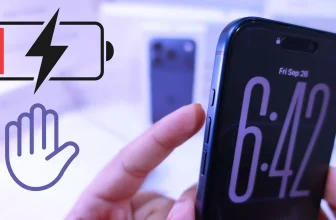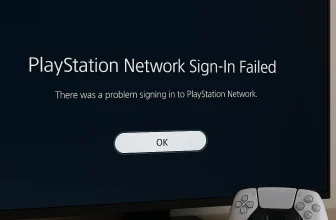
Just updated your Mac to macOS Tahoe (macOS 26) and noticed your VPN suddenly stopped working? You’re not alone. Many users have reported issues with VPN connections after installing the Tahoe update. Whether you’re using the built-in macOS VPN settings or a third-party app like NordVPN, ExpressVPN, or ProtonVPN, things may not run smoothly right away.
In this guide, I’ll explain the common reasons why VPNs break after a macOS update, walk you through proven fixes, and suggest alternatives if nothing works.
Why VPN Might Not Work After macOS Tahoe Update?
- System Update Bugs
Every major macOS update brings changes to network security and background processes. Sometimes these updates temporarily break VPN functionality until a patch is released. - Unsupported Protocols
Older VPN protocols like PPTP have long been deprecated on macOS. Tahoe continues that trend, so if your provider still relies on outdated methods, connections may fail. - App Compatibility Issues
Third-party VPN apps often need updates to stay compatible with new macOS releases. If your app hasn’t been updated for Tahoe, expect connection drops or errors. - Network & Firewall Configurations
Changes in macOS firewall or DNS settings during the update can block VPN traffic, preventing secure tunneling. - Corrupt VPN Profiles
If you carried over VPN configurations from Ventura or Sonoma, they may have become corrupt after the Tahoe update, requiring a fresh setup.
How to Fix VPN Not Working on macOS Tahoe
Restart Your Mac and VPN App
Sometimes it’s that simple. Quit the VPN app, restart your Mac, and try connecting again. This clears out minor glitches.
Update Your VPN App
Go to the Mac App Store or the VPN provider’s official site and check for the latest version. Most providers push Tahoe-ready updates shortly after release.
Re-Add the VPN Profile
Head to System Settings > Network > VPN, remove the current configuration, and re-add it with fresh login details from your provider.
Switch VPN Protocols
If you’re using outdated protocols, change to IKEv2, OpenVPN, or WireGuard if your provider supports them. These are more secure and fully supported on Tahoe.
Reset Network Settings & Flush DNS
Open Terminal and type:
sudo dscacheutil -flushcache; sudo killall -HUP mDNSResponder
This resets DNS and can fix VPN connection issues.
Check Firewall & Security Apps
If you’ve enabled macOS firewall or are running third-party security software, try disabling them temporarily to see if they’re blocking VPN traffic.
Reset All Network Settings
Go to System Settings > Network, remove old Wi-Fi/VPN profiles, and set them up again from scratch.
When to Contact Your VPN Provider
If none of these fixes work, the issue may be on your provider’s end. Contact their support team and ask for macOS Tahoe–compatible settings or download the latest app version. Big providers like ExpressVPN, NordVPN, and ProtonVPN usually release updates within days of a macOS rollout.
Alternatives If VPN Still Doesn’t Work
- Use Your iPhone or iPad’s VPN Hotspot
Connect VPN on your iPhone, turn on hotspot, and share the secure connection with your Mac. - Browser VPN Extensions
Use Chrome, Safari, or Firefox with VPN/proxy extensions for lightweight browsing security. - Cloudflare WARP or Apple’s Private Relay
These options don’t replace a full VPN but can help with privacy and encrypted browsing. - Switch VPN Providers
If your current provider is slow to update, consider switching to one that officially supports macOS Tahoe.
Conclusion
VPN issues after macOS Tahoe are common, but most can be fixed with simple steps like updating your app, re-adding profiles, or switching protocols. If nothing works, try temporary alternatives or contact your VPN provider for support.
Keeping both your macOS and VPN software updated is the best way to avoid future compatibility problems.






